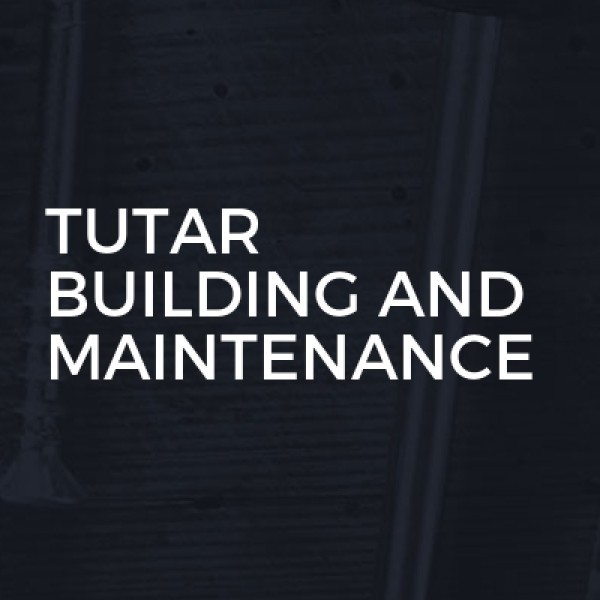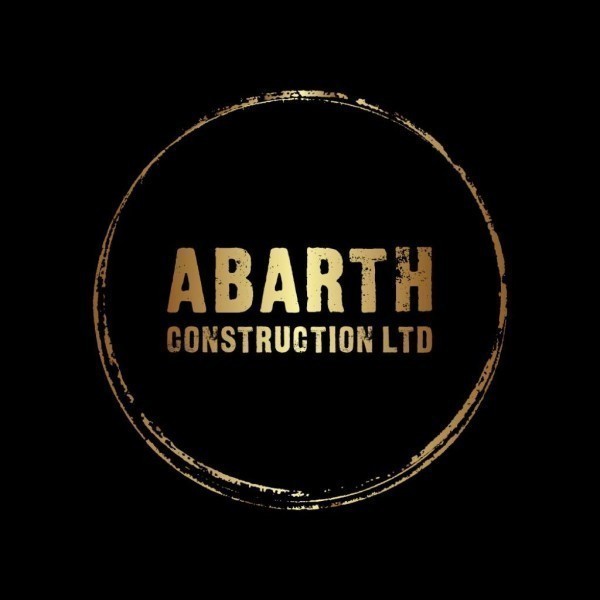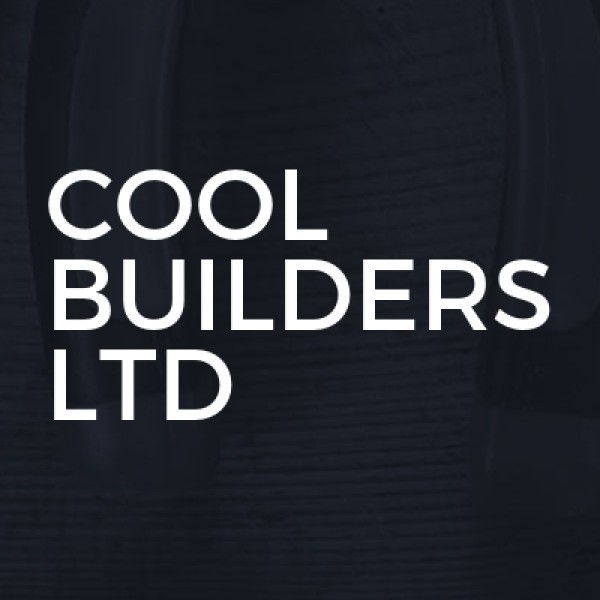Kitchen Fitters in Enfield, London
Filter your search
Post your job FREE and let trades come to you
Save time by filling out our simple job post form today and your job will be sent to trades in your area so you can sit back, relax and wait for available trades to contact you.
Post your job FREESearch Kitchen Fitters in Enfield, London by town
Understanding Kitchen Installation in Enfield
Kitchen installation in Enfield is an exciting journey that transforms your cooking space into a functional and stylish area. Whether you're updating an old kitchen or starting from scratch, understanding the process and what to expect can make the experience smoother and more enjoyable. Let's dive into the world of kitchen installations and explore the various aspects involved.
The Importance of Planning Your Kitchen Installation
Planning is the cornerstone of a successful kitchen installation. It involves deciding on the layout, selecting materials, and setting a budget. A well-thought-out plan ensures that the installation process is efficient and meets your expectations. Consider factors like the size of your kitchen, the style you prefer, and the functionality you need. Engaging with a professional designer can provide valuable insights and help you visualise the final outcome.
Setting a Realistic Budget
Setting a budget is crucial to avoid overspending. Determine how much you're willing to invest in your kitchen installation. Consider costs for materials, labour, and any unexpected expenses that might arise. It's wise to allocate a portion of your budget for contingencies. Remember, a higher budget doesn't always guarantee better quality, so focus on value for money.
Choosing the Right Layout
The layout of your kitchen significantly impacts its functionality. Common layouts include the L-shape, U-shape, and galley. Each has its advantages and is suitable for different kitchen sizes and shapes. Think about how you use your kitchen and choose a layout that enhances your workflow. A well-designed layout can make cooking and entertaining more enjoyable.
Selecting Materials and Finishes
Materials and finishes play a vital role in the aesthetics and durability of your kitchen. From countertops to cabinets, the choices are vast. Popular materials include granite, quartz, and laminate for countertops, while cabinets can be made from wood, MDF, or metal. Consider the maintenance requirements and longevity of each material. The finishes, such as matte or gloss, add to the overall look and feel of your kitchen.
Countertop Options
Countertops are the workhorses of the kitchen. Granite and quartz are durable and offer a luxurious look, while laminate is budget-friendly and comes in various designs. Each material has its pros and cons, so weigh them carefully. Consider factors like stain resistance, heat tolerance, and ease of cleaning when making your choice.
Cabinet Choices
Cabinets are essential for storage and contribute significantly to the kitchen's style. Wood cabinets offer a classic look, while MDF is cost-effective and versatile. Metal cabinets are modern and durable. Choose a style that complements your overall kitchen design. Pay attention to the hardware, such as handles and hinges, as they add to the functionality and aesthetics.
Hiring Professional Installers
While DIY installations are possible, hiring professional installers ensures a high-quality finish and saves time. Professionals have the expertise and tools to handle complex installations, ensuring everything is fitted correctly and safely. Research local installers in Enfield, check their credentials, and read reviews to find a reliable team.
Checking Credentials and Experience
When hiring installers, it's essential to verify their credentials and experience. Look for certifications and memberships in professional bodies. Experienced installers are more likely to deliver quality work and handle any challenges that arise during the installation. Don't hesitate to ask for references or view their previous projects.
Understanding the Installation Process
Understanding the installation process helps set realistic expectations. The process typically involves removing the old kitchen, preparing the space, and installing the new components. Each stage requires careful attention to detail. Communicate with your installers regularly to stay informed about the progress and address any concerns promptly.
Ensuring Safety and Compliance
Safety and compliance are paramount in kitchen installations. Ensure that all electrical and plumbing work meets local regulations. Faulty installations can lead to accidents or damage, so it's crucial to hire qualified professionals. Regular inspections during the installation process can help identify and rectify potential issues early on.
Electrical and Plumbing Considerations
Electrical and plumbing work are integral to kitchen installations. Ensure that all wiring and plumbing are up to code and installed by licensed professionals. This not only ensures safety but also prevents future problems. Plan the placement of appliances and fixtures to optimise the use of space and utilities.
Adhering to Building Regulations
Adhering to building regulations is essential to avoid legal issues. Regulations cover aspects like ventilation, fire safety, and structural integrity. Familiarise yourself with the local building codes in Enfield and ensure your installation complies with them. Your installer should be knowledgeable about these regulations and guide you accordingly.
Incorporating Eco-Friendly Solutions
Eco-friendly solutions are becoming increasingly popular in kitchen installations. They not only reduce your carbon footprint but can also save money in the long run. Consider energy-efficient appliances, sustainable materials, and water-saving fixtures. These choices contribute to a greener environment and a healthier home.
Energy-Efficient Appliances
Energy-efficient appliances consume less power and reduce utility bills. Look for appliances with high energy ratings and features like smart controls. These appliances are designed to perform efficiently without compromising on functionality. Investing in energy-efficient options is a step towards a sustainable lifestyle.
Sustainable Materials
Sustainable materials are sourced responsibly and have a lower environmental impact. Bamboo, recycled glass, and reclaimed wood are popular choices for eco-friendly kitchens. These materials are not only environmentally friendly but also add unique textures and aesthetics to your kitchen. Consider their durability and maintenance needs when making your selection.
Maximising Space and Storage
Maximising space and storage is crucial, especially in smaller kitchens. Clever storage solutions can help you make the most of your available space. Consider pull-out shelves, corner units, and overhead cabinets. These options provide easy access to items and keep your kitchen organised and clutter-free.
Innovative Storage Solutions
Innovative storage solutions can transform your kitchen's functionality. Pull-out pantries, lazy Susans, and drawer organisers are excellent for optimising space. These solutions make it easier to find and access items, enhancing your cooking experience. Customised storage options can be tailored to your specific needs and preferences.
Utilising Vertical Space
Utilising vertical space is an effective way to increase storage without compromising on floor space. Install tall cabinets or open shelves to store items you don't use frequently. This approach not only maximises storage but also adds visual interest to your kitchen. Ensure that items stored at height are safe and accessible.
Personalising Your Kitchen Design
Personalising your kitchen design allows you to create a space that reflects your style and personality. From colour schemes to decorative elements, there are numerous ways to add a personal touch. Consider incorporating unique features like a statement backsplash or custom lighting to make your kitchen truly yours.
Choosing a Colour Scheme
Choosing a colour scheme sets the tone for your kitchen. Neutral colours create a timeless look, while bold colours add vibrancy and character. Consider the overall theme of your home and choose colours that complement it. Don't be afraid to experiment with different shades and combinations to achieve the desired effect.
Adding Decorative Elements
Decorative elements add charm and personality to your kitchen. Consider features like a feature wall, decorative tiles, or unique hardware. These elements can transform a simple kitchen into a stylish and inviting space. Ensure that your decorative choices align with the overall design and functionality of your kitchen.
Maintaining Your Newly Installed Kitchen
Maintaining your newly installed kitchen is essential to preserve its beauty and functionality. Regular cleaning and maintenance can prevent wear and tear and extend the life of your kitchen. Establish a routine that includes cleaning surfaces, checking appliances, and inspecting for any signs of damage.
Cleaning and Care Tips
Cleaning and care tips help keep your kitchen looking its best. Use appropriate cleaning products for different surfaces to avoid damage. Regularly clean countertops, cabinets, and appliances to prevent the buildup of dirt and grime. Pay attention to areas prone to spills and stains, such as the sink and stove.
Regular Inspections and Repairs
Regular inspections and repairs are crucial to address minor issues before they become major problems. Check for signs of wear, such as loose hinges or leaking taps, and repair them promptly. Regular maintenance ensures that your kitchen remains safe and functional for years to come.
Frequently Asked Questions
- How long does a kitchen installation in Enfield typically take? The duration depends on the complexity of the project, but it usually takes between 2 to 4 weeks.
- What should I consider when choosing a kitchen installer? Look for experience, credentials, and customer reviews. It's also important to ensure they understand your vision and budget.
- Can I install a kitchen myself? While possible, it's recommended to hire professionals for a high-quality finish and to ensure compliance with regulations.
- What are the benefits of eco-friendly kitchen installations? Eco-friendly kitchens reduce environmental impact, save on utility bills, and often use sustainable materials.
- How can I maximise storage in a small kitchen? Use innovative storage solutions like pull-out shelves and utilise vertical space with tall cabinets.
- What maintenance does a newly installed kitchen require? Regular cleaning, inspections, and prompt repairs are essential to maintain the kitchen's condition.
















